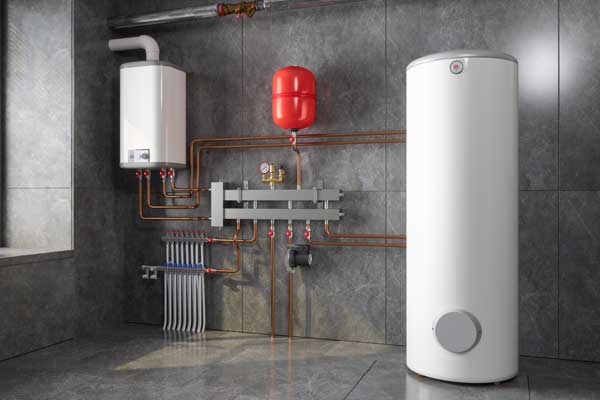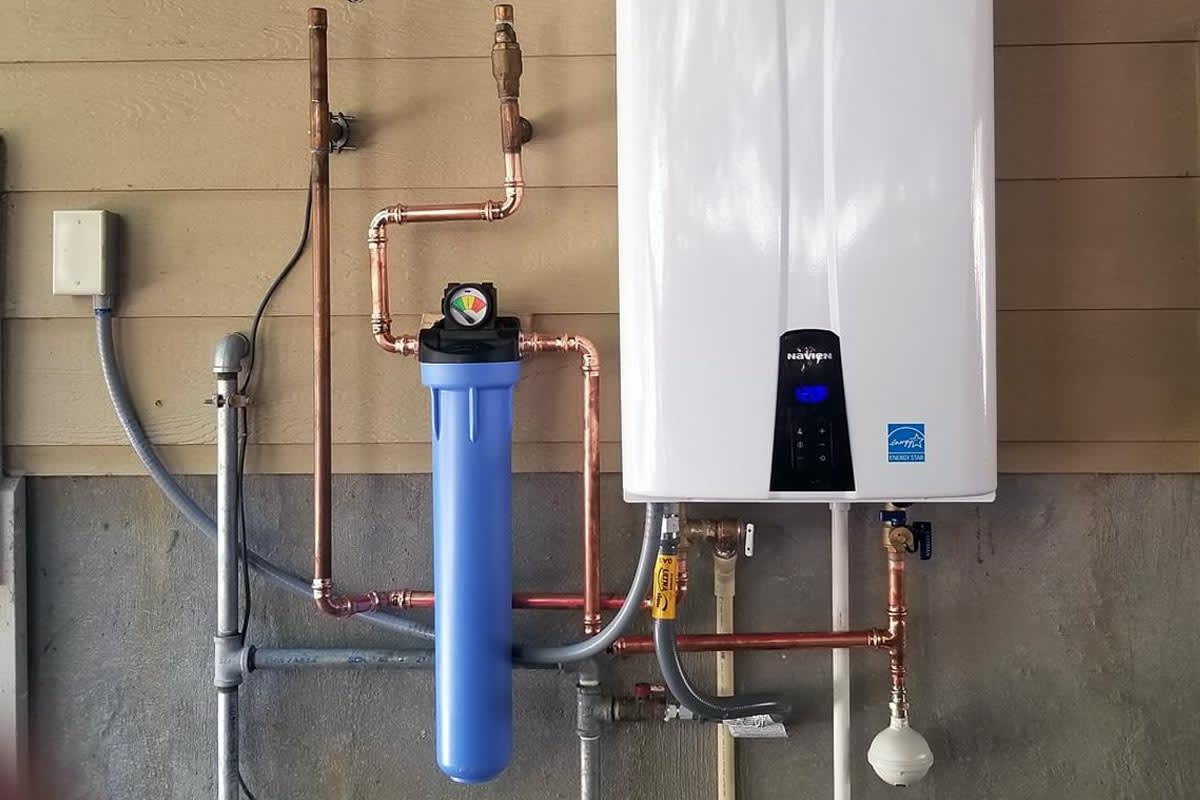Caring for Your Home's Hot Water System: Essential TipsTips on How to Maintain Your Home's Hot Water System in Good Condition
Caring for Your Home's Hot Water System: Essential TipsTips on How to Maintain Your Home's Hot Water System in Good Condition
Blog Article
Here down the page you'll find more incredibly good resources when it comes to How to Maintain Your Water Heater & Prolong its Life.

Hot water is crucial for everyday convenience, whether it's for a revitalizing shower or cleaning dishes. To guarantee your warm water system runs effectively and lasts much longer, regular maintenance is vital. This article provides functional ideas and understandings on exactly how to preserve your home's warm water system to avoid interruptions and pricey repair work.
Intro
Keeping your home's hot water system may seem complicated, yet with a couple of easy steps, you can ensure it operates efficiently for several years to come. This guide covers whatever from recognizing your warm water system to do it yourself maintenance tips and knowing when to employ specialist help.
Significance of Maintaining Your Hot Water System
Routine maintenance not only extends the life expectancy of your hot water system however likewise guarantees it runs successfully. Neglecting maintenance can cause reduced performance, greater power costs, and also early failing of the system.
Indications Your Warm Water System Demands Upkeep
Recognizing when your warm water system requires focus can protect against significant concerns. Keep an eye out for indicators such as irregular water temperature level, weird sounds from the heating system, or corroded water.
Understanding Your Warm Water System
Prior to diving right into upkeep jobs, it's handy to recognize the standard parts of your warm water system. Commonly, this includes the hot water heater itself, pipelines, anode poles, and temperature level controls.
Month-to-month Upkeep Tasks
Routine regular monthly checks can assist catch minor issues prior to they rise.
Purging the Hot Water Heater
Flushing your water heater removes sediment build-up, enhancing effectiveness and extending its life.
Checking and Changing Anode Rods
Anode poles stop rust inside the storage tank. Evaluating and changing them when worn is essential.
Inspecting and Adjusting Temperature Level Settings
Adjusting the temperature level setups makes certain optimum efficiency and security.
DIY Tips for Maintenance
You can carry out a number of maintenance tasks on your own to keep your warm water system in leading condition.
Looking for Leakages
Routinely check pipes and connections for leaks, as these can bring about water damages and higher costs.
Checking Pressure Alleviation Valves
Checking the pressure safety valve guarantees it operates appropriately and stops extreme pressure accumulation.
Insulating Pipes
Insulating warm water pipelines lowers warmth loss and can conserve energy.
When to Call a Professional
While DIY upkeep is valuable, some concerns require specialist competence.
Complex Concerns Requiring Specialist Help
Instances include significant leaks, electric problems, or if your hot water heater is regularly underperforming.
Regular Professional Upkeep Advantages
Specialist maintenance can include complete inspections, tune-ups, and ensuring compliance with security criteria.
Conclusion
Routine upkeep of your home's hot water system is necessary for performance, durability, and price savings. By complying with these suggestions and knowing when to look for professional help, you can guarantee a trustworthy supply of warm water without unanticipated disruptions.
How to Maintain an Instant Hot Water Heater
Before tinkering with your hot water heater, make sure that it’s not powered on. You also have to turn off the main circuit breaker and shut off the main gas line to prevent accidents. Also turn off the water valves connected to your unit to prevent water from flowing into and out of the appliance. 2. When you’re done, you have to detach the purge valves’ caps. These look like the letter “T” and are situated on either side of the water valves. Doing so will release any pressure that has accumulated inside the valves while at the same time avoid hot water from shooting out and burning your skin. 3. When the purge valves’ caps are removed, you have to connect your hosing lines to the valves. Your unit should have come with three hoses but if it didn’t, you can purchase these things from any hardware or home repair shops. You can also get them from retail stores that sell water heating systems. Read the user’s manual and follow it to complete this task properly. When the hosing lines are connected, open the purge port’s valves. 4. You should never use harsh chemical cleaners or solutions when cleaning your unit. Make use of white vinegar instead. It should be undiluted and you’ll probably use about 2 gallons. 5. Now flush your water heater. This task should probably take about 40 minutes. We can’t give you specific directions for this because the procedure is carried out depending on the type, model and brand of your heater. With that being said, refer to the user’s manual. 6. When you’re done draining the unit, you have to turn off the purge port valves again. Remove the hosing lines that you earlier installed on each of the water valves. Put the valve caps (purge port) back in their respective places and be very careful so as not to damage the rubber discs that are found inside these caps. 7. Now that everything’s back in place, check your user’s manual again to find out how to reactivate your water heating system. 8. Once it is working, turn one of your hot water faucets on just to let air pass through the heater’s water supply pipes. Leave the tap on until water flows smoothly out of it. https://www.orrplumbing.com/blog/2014/september/how-to-maintain-an-instant-hot-water-heater/

As a fervent reader about How to Maintain Your Water Heater & Prolong its Life, I think sharing that piece of content was mandatory. Sharing is good. Who knows, you could be doing someone a favor. We cherish your readership.
Visit Site Report this page